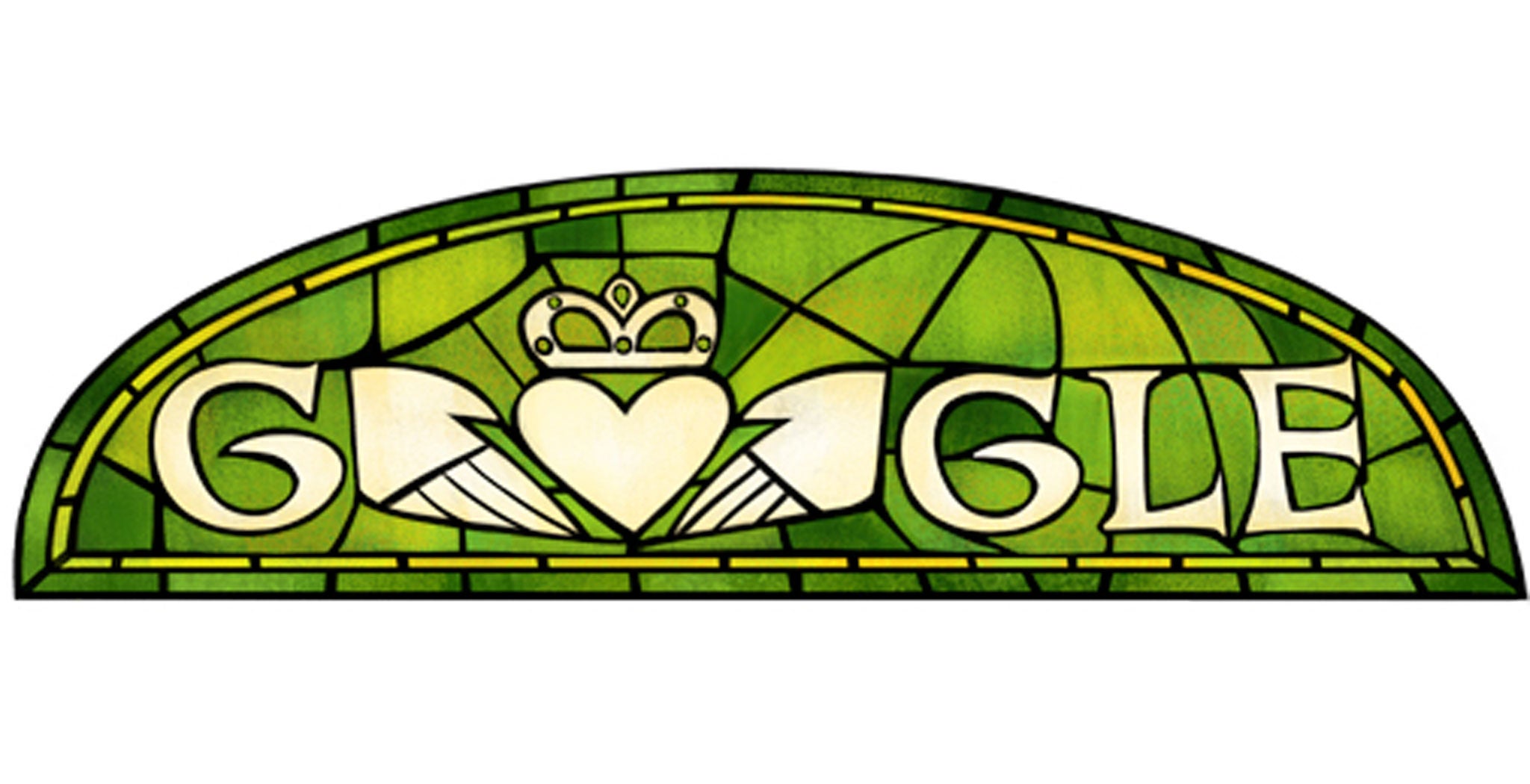Saint Patrick's Day: Google Doodle marks patron saint of Ireland - here are 10 things you didn't know about the man

Your support helps us to tell the story
From reproductive rights to climate change to Big Tech, The Independent is on the ground when the story is developing. Whether it's investigating the financials of Elon Musk's pro-Trump PAC or producing our latest documentary, 'The A Word', which shines a light on the American women fighting for reproductive rights, we know how important it is to parse out the facts from the messaging.
At such a critical moment in US history, we need reporters on the ground. Your donation allows us to keep sending journalists to speak to both sides of the story.
The Independent is trusted by Americans across the entire political spectrum. And unlike many other quality news outlets, we choose not to lock Americans out of our reporting and analysis with paywalls. We believe quality journalism should be available to everyone, paid for by those who can afford it.
Your support makes all the difference.Google has celebrated St Patrick’s Day with a saintly green stained-glass Doodle on its search page.
Whether you are planning to join raucous revelries and ingest more green food dye than is healthy, or spend a quiet evening with a hearty plate of colcannon, be sure to arm yourself with the following surprising facts about the day’s namesake to impress your companions.
1. St Patrick isn't Irish
Despite being the patron saint of Ireland, St Patrick was born in Britain around 385AD, to aristocratic parents Calpurnius and Conchessa. It is unclear whether they lived in Scotland or Wales, but they are believed to be Romans and are thought to have owned a townhouse, country villa, and many slaves.
2. He was a slave, and wasn't religious until he was an adult
At 16, he was kidnapped by traders, sent to the Irish countryside and made to tend to sheep as a slave. This is where he turned to God after being ambivalent towards religion as a child.
3. Voices told him he could escape his captors
Six years into his captivity, St Patrick apparently heard a voice urging him to travel to a distant port where a ship would be waiting to take him back to Britain. During the journey, he was captured again, and taken to France for 60 days where he learned about monasticism.
4. He escaped again, and rose up the early Church's ranks
After making his escape and having found God, he became a priest in his twenties, and eventually became a bishop
5. He gained his sainthood by becoming a missionary
Aged around 30, he was tasked with becoming a missionary and returned to Ireland, where he successfully converted many Celtic pagans to Christianity.
6. He gave the shamrock its significance
It was as a preacher that he used the shamrock, now the unofficial national flower of Ireland, as a symbol of the holy trinity: the Father, the Son, and the Holy Spirit.
7. Snakes never lived in Ireland...
St Patrick has been credited with driving the snakes out of Ireland, although science now suggests that water-locked Ireland did not ever have any snakes.
8. Green wasn't his colour
Like St Nicholas who is mistakenly associated with the colour red – and actually wore green – St Patrick dressed in blue vestments.
9. He was partial to a shot or two of whiskey
Reassuringly for anyone who feels guilty indulging too heavily on a Saint’s day, it is believed St Patrick said everyone should have more than just a swig of whiskey on his feast day. He apparently chastised an innkeeper who served him too little of the drink.
10. He died on his feast day
St Patrick is thought to have died on his feast day, 17 March, in 461AD. It is a national holiday in Ireland, and on the island of Montserrat in the Caribbean, which was founded by Irish refugees.
Subscribe to Independent Premium to bookmark this article
Want to bookmark your favourite articles and stories to read or reference later? Start your Independent Premium subscription today.
Join our commenting forum
Join thought-provoking conversations, follow other Independent readers and see their replies
Comments